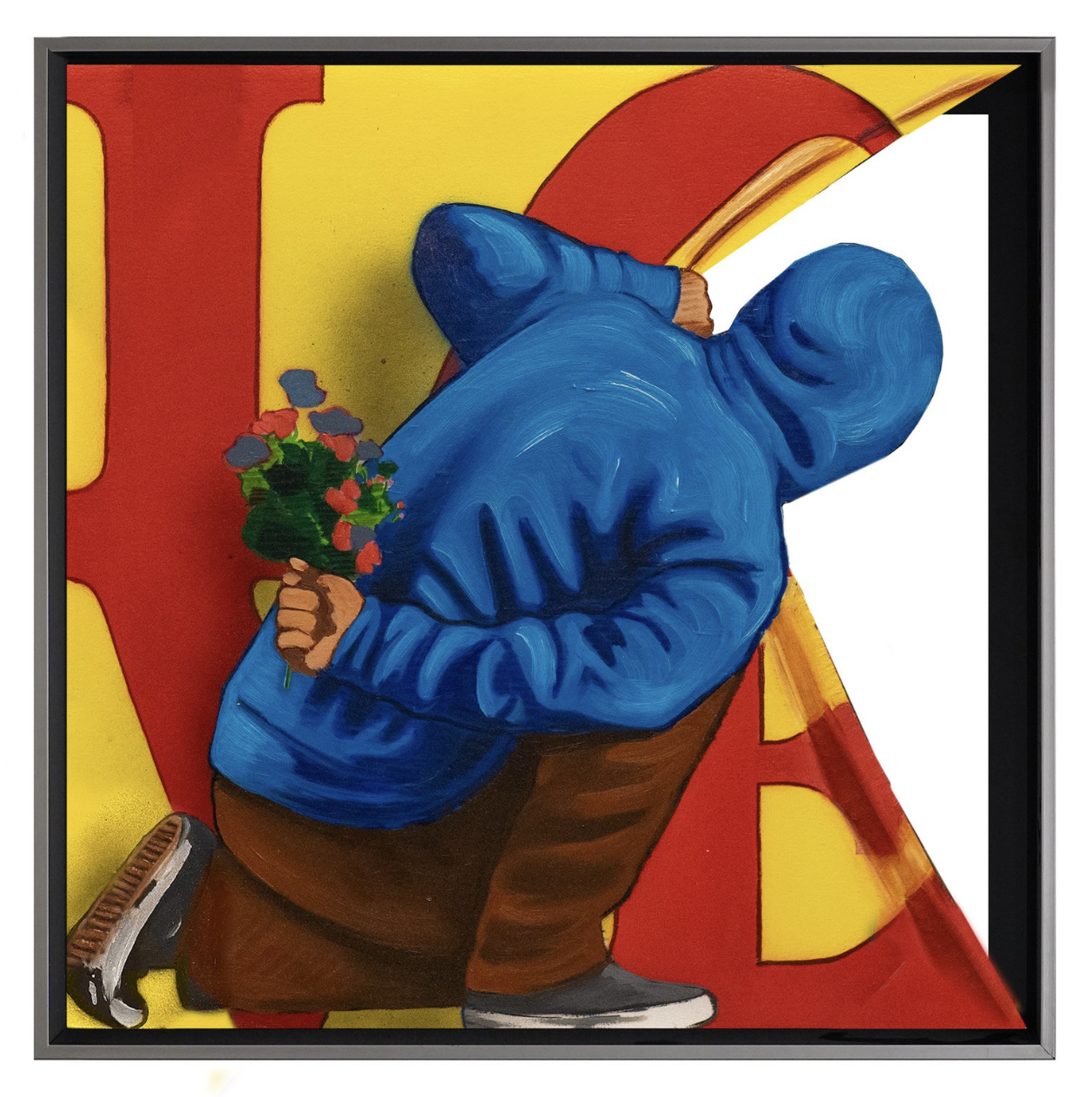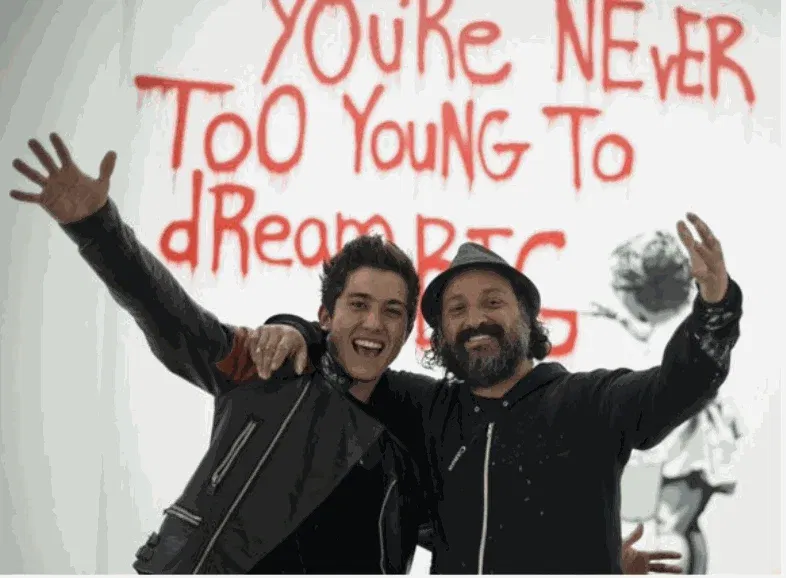
Verzending & Belasting
Vision XR Gallery verzendt wereldwijd met zorg, beveiligde verpakking en volledige verzekering. Alle kunstwerken worden professioneel ingepakt en voorzien van de nodige documentatie.
Binnen België biedt de galerij een premium lever- en ophangservice aan. Onze gespecialiseerde medewerkers zorgen voor een veilige levering en een perfecte plaatsing van het kunstwerk bij jou thuis of op kantoor.
Eventuele invoerrechten, douanekosten of lokale belastingen voor internationale zendingen zijn afhankelijk van het land van bestemming en zijn ten laste van de klant. Voor vragen over verzending of fiscale vereisten helpen we je graag persoonlijk verder.
Financiële Oplossingen
Vision XR Gallery biedt flexibele financiële oplossingen via ons eigen leasingbedrijf. Voor vennootschappen voorzien we huurkoopformules waarbij kunstwerken gefinancierd kunnen worden via vaste maandelijkse betalingen, volledig conform de Europese regelgeving.
Onze huurkoopformule is momenteel enkel beschikbaar voor bedrijven binnen Europa en biedt een belangrijk fiscaal voordeel: de maandelijkse betalingen zijn 100% aftrekbaar als kost.
Wil je meer weten? Lees dan verder op deze pagina en vraag je simulatie aan.
Hijack -Where is the Love Small
Where is the Love Small by artist Hijack is a powerful work that immediately grabs attention. It shows a figure in a blue hoodie, kneeling down, while hiding flowers behind his back. This pose evokes tension and curiosity. The background is filled with bright colors and contrasting shapes, making the composition feel dynamic and energetic.
The choice of a hoodie figure refers to street culture and the anonymous nature of modern society. At the same time, the flowers provide an unexpected, tender twist. This creates a dialogue between rawness and vulnerability. The question “Where is the Love?” takes on even more meaning as a result. This work is not only visually powerful, but also conceptually strong. It confronts the viewer with the tension between violence and love, between harsh reality and human emotion.
Moreover, the work is in keeping with Hijack’s signature style: a mix of street art and social commentary wrapped in iconic imagery. As such, Where is the Love Small is a striking statement piece for any art collection.
Hijack is a contemporary artist known for his powerful blend of street art, pop art and social engagement. The son of famed artist Mr. Brainwash, he grew up in a creative environment. Yet Hijack developed a style all his own, bringing together street culture, symbolism and social consciousness.
He often uses figures in hoodies, symbolizing anonymity and contemporary urban identity. In doing so, he combines this with poetic or confrontational elements, such as flowers or powerful texts. This gives his works a layered meaning.
Moreover, Hijack manages to connect classical techniques with modern street-art influences. His works are colorful, direct and often laden with social themes. As a result, they appeal to a wide audience, from street-art enthusiasts to experienced art collectors.
In short, Hijack creates art that is both visually appealing and substantively challenging. His work invites reflection and dialogue while exuding an unmistakable urban energy.

VXR Exclusive betekent dat deze kunstenaar in België exclusief vertegenwoordigd wordt door Vision XR Gallery. Hun werken zijn nergens anders in het land verkrijgbaar.
VXR Exclusive means that this artist is exclusively represented in Belgium by Vision XR Gallery. Their works are not available anywhere else in the country.
VXR Exclusive signifie que cet artiste est exclusivement représenté en Belgique par la Galerie Vision XR. Leurs œuvres ne sont disponibles nulle part ailleurs dans le pays.
Een certificaat van echtheid (COA) is een document van een gezaghebbende bron dat de echtheid van het kunstwerk verifieert. Veel COA’s zijn ondertekend door de kunstenaar, maar andere zijn ondertekend door de vertegenwoordigende galerie of de drukker die samen met de kunstenaar aan het werk heeft gewerkt. Voor werken op de secundaire markt zijn gemachtigde nalatenschappen of stichtingen vaak de uitgevende partij.
COA’s bevatten meestal de naam van de kunstenaar, de details (titel, datum, medium, afmetingen) van het werk in kwestie en waar mogelijk een afbeelding van het werk.
Een certificaat van echtheid (COA) is een document van een gezaghebbende bron dat de echtheid van het kunstwerk verifieert. Veel COA’s zijn ondertekend door de kunstenaar, maar andere zijn ondertekend door de vertegenwoordigende galerie of de drukker die samen met de kunstenaar aan het werk heeft gewerkt. Voor werken op de secundaire markt zijn gemachtigde nalatenschappen of stichtingen vaak de uitgevende partij.
COA’s bevatten meestal de naam van de kunstenaar, de details (titel, datum, medium, afmetingen) van het werk in kwestie en waar mogelijk een afbeelding van het werk.
Un certificat d’authenticité (COA) est un document émanant d’une source autorisée qui vérifie l’authenticité de l’œuvre d’art. De nombreux COA sont signés par l’artiste, mais d’autres sont signés par la galerie qui représente l’œuvre ou par l’imprimeur qui a travaillé avec l’artiste sur l’œuvre. Pour les œuvres sur le marché secondaire, les successions ou fondations autorisées sont souvent la partie émettrice.
Les ACO comprennent généralement le nom de l’artiste, des informations détaillées (titre, date, support, dimensions) sur l’œuvre en question et, si possible, une image de l’œuvre.